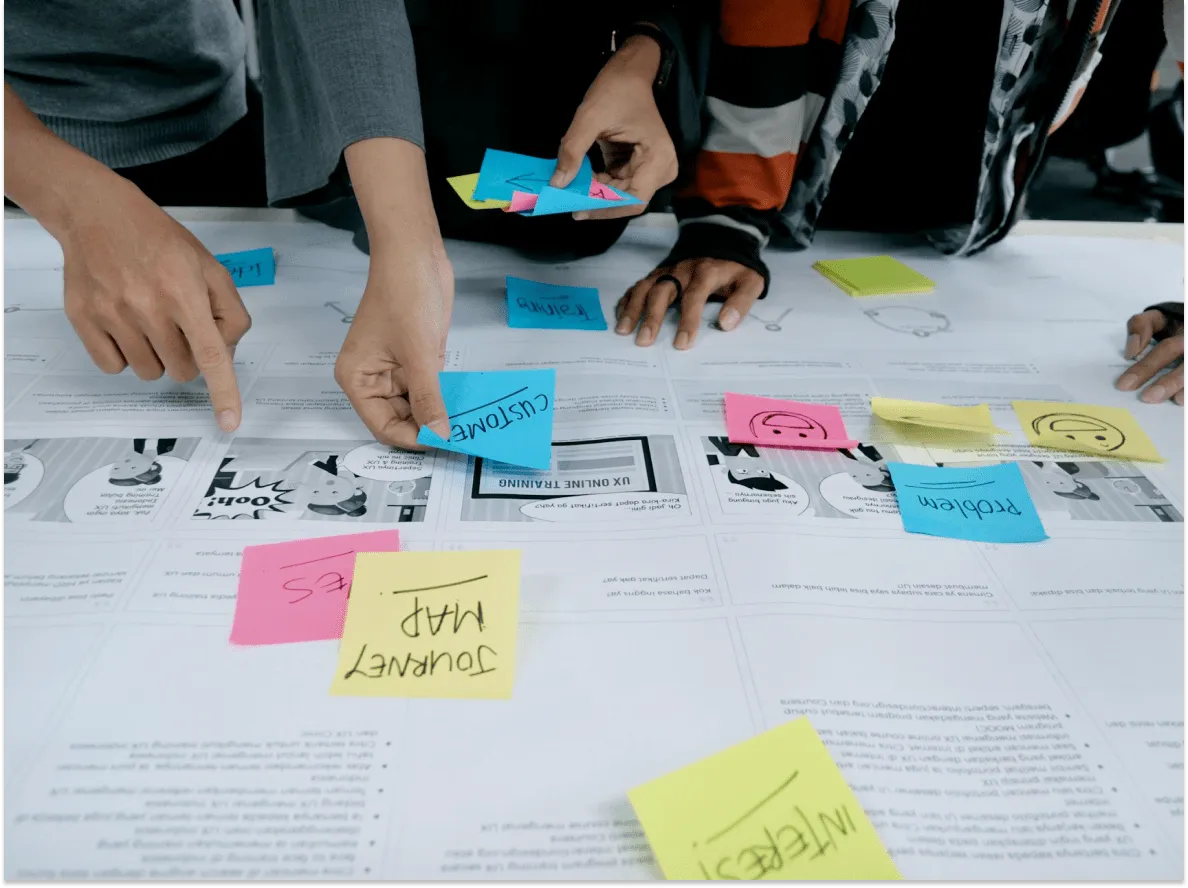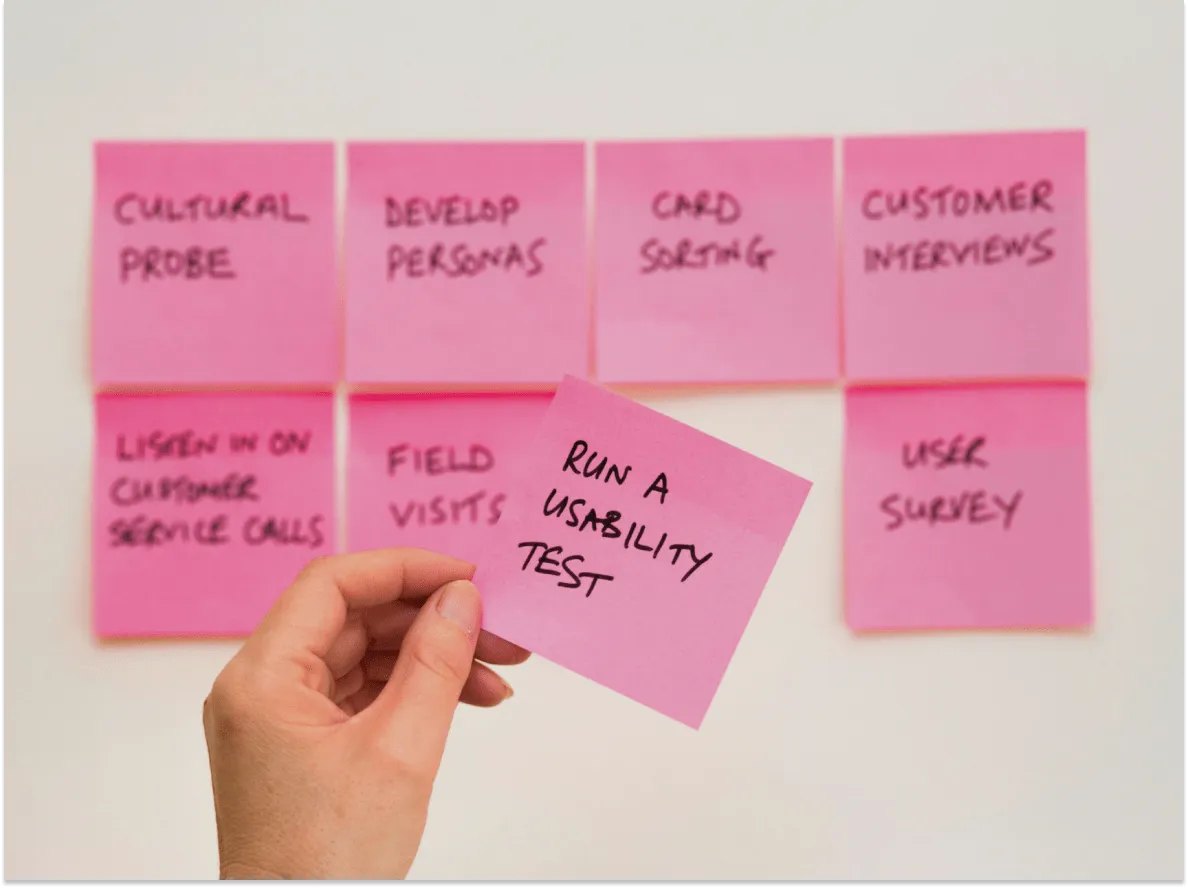How can you start a career in UI/UX design in 2024?
It's a journey of continuous growth and adaptation. Stay curious, be patient with your progress.
Starting a career in UI/UX Design is an exciting journey into a dynamic field that blends creativity with technology. Whether you're a budding designer or someone looking to shift careers, the path to becoming a UI/UX designer is filled with learning, creativity, and connection.
Here's a step-by-step guide to help you embark on this vibrant career path.
1. Understanding UI/UX Design
Before diving in, it's crucial to understand what UI (User Interface) and UX (User Experience) design entails.
UI design focuses on the visual elements of a product, like layout and aesthetics, while UX design is about enhancing user satisfaction by improving the usability, accessibility, and pleasure provided in the interaction with the product. Together, they create a seamless, user-centered design.
2. Learning the Basics
Educational Resources: Start by learning the fundamental principles of design, color theory, typography, and user psychology. There are myriad resources available online, including free and paid courses from platforms like Coursera, Udemy, and LinkedIn Learning. Books like "Don't Make Me Think" by Steve Krug and "The Design of Everyday Things" by Don Norman provide excellent insights into user-centered design.
Software Proficiency: Familiarize yourself with design tools such as Adobe XD, Sketch, Figma, and InVision. These are the tools of the trade, and proficiency in them is crucial.
3. Hands-On Practice
Personal Projects: Apply what you've learned by working on personal projects. This could be redesigning your favorite app, creating a new website layout, or even developing a unique app concept from scratch. Real-world application of your skills is the best way to learn.
Online Challenges: Participate in daily design challenges websites like Daily UI. These challenges can help you build skills and get accustomed to regular design work.
4. Building a Portfolio
Your portfolio is your career's blueprint. It's what you'll show potential employers and clients to demonstrate your skills.
Quality Over Quantity: Include projects that showcase a variety of skills - research, wireframing, prototyping, user testing, and final designs. The key is to show the process, not just the end product. Narrate the story behind each project, your design decisions, and how they improved the user experience.
Online Presence: Utilize platforms like Behance or Dribbble to showcase your work, and consider building your own website for a more personalized portfolio.
Explore my free portfolio case studies for your design projects
5. Gaining Real-World Experience
Internships: Look for internships in design agencies or tech companies. These positions can provide invaluable experience and mentorship.
Freelancing: Platforms like Upwork and Fiverr offer opportunities to work on real projects. This not only builds your portfolio but also helps you understand client relations and project management.
6. Networking and Community Engagement
The design community is incredibly supportive and resourceful. Engage with it.
Social Media: Follow leading designers on platforms like Twitter and LinkedIn, and join UI/UX groups on Facebook and Reddit.
Meetups and Conferences: Attend design meetups, webinars, and conferences to learn from experienced designers and meet peers.
Mentorship: Seek out mentors in the field. They can provide guidance, feedback, and potentially open doors to opportunities.
7. Continuous Learning and Specialization
The tech field is ever-evolving, and so is UI/UX design. Stay updated with the latest trends and tools. As you progress, you might find certain areas more appealing, like voice user interface, AR/VR, or motion design.
Specializing can make you more valuable and open up specific career opportunities.
8. Preparing for the Job Market
Resume and LinkedIn: Ensure your resume is up-to-date and highlights your design skills and projects. Your LinkedIn profile should reflect your portfolio and be actively used for networking.
Interview Preparation: Be ready to discuss your design process, decision-making, and how you handle feedback and collaboration. Mock interviews can be very helpful.
9. Applying to Jobs
Look for job openings on company websites, design-specific job boards, and general job platforms. Tailor your application to each job, emphasizing how your skills and experiences make you the ideal candidate for the specific role.
10. Embracing Feedback and Iteration
Once you start working, embrace feedback as a tool for growth. Every project and team interaction is an opportunity to learn and improve. The best designers are those who continually iterate on their work and themselves.
Conclusion:
Starting a career in UI/UX design requires a blend of learning, practice, and networking. It's a journey of continuous growth and adaptation. Stay curious, be patient with your progress, and immerse yourself in the vibrant design community.
With dedication and passion, you'll find that a career in UI/UX design is not only rewarding but also constantly evolving, offering an endless landscape of opportunities to create and innovate. Welcome to the world of UI/UX, where every pixel counts and every user experience matters!



